Tech Meets Sports : How Technology is Shaping the Future of Football
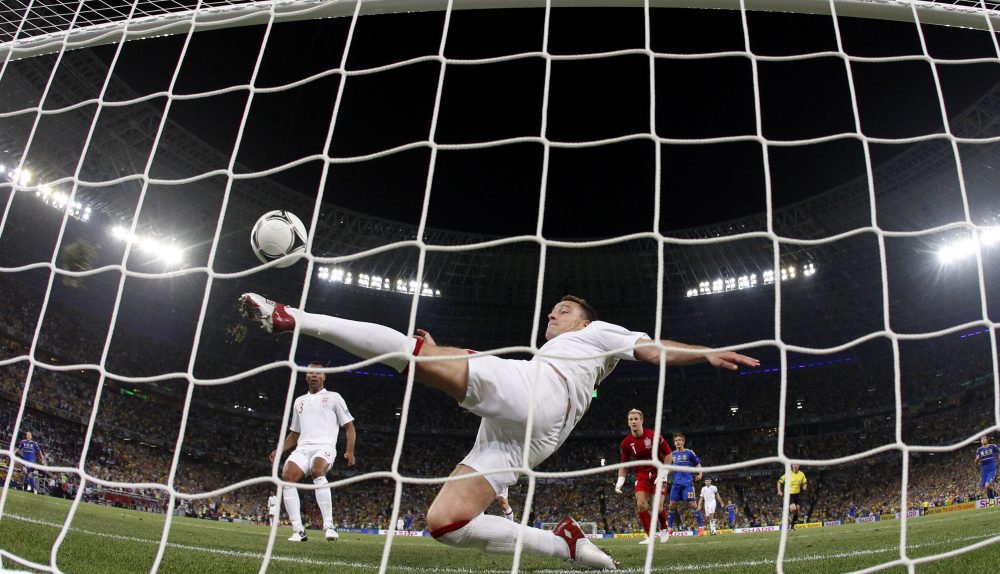
With the invention of television, tech changed the way we interacted with sports. Now, almost a century later, technology still strongly influences the way we watch, train for and play sports. These days, advanced fitness technology has been infiltrating professional sports, giving coaches and players detailed insights on how their bodies work and what they need to excel at, on the field. Taking it to a whole new level, with apps like Ubersense which provide real time video analysis and feedback on smartphones.
Soccer being the most beloved sport in the world surely gets the most advanced treatment when it comes to tech. Earlier this year the smartphone manufacturer HTC and the “futurologist” Dr Ian Pearson collaborated on a document titled The Future of Football. In the next few decades, robot football could become common, shirts might come with tiny cameras and fans could end up controlling players with smartphones. It all sounds a little strange, yes, and from a rather distant future but recently we have witnessed many changes in the football scenario that have been fuelled by tech.
Lets see how technology has taken soccer to a new level, promoting both player performance and comfort.
Real Time Performance Analysis
With the advancement in technology, many developers have come up with sophisticated apps and softwares which can analyze players performance in real time. Such apps including UberSense, V1sports and many more saves the coaches and players the tiresome task of collecting data on a number of laptops, charts and spreadsheets to keep videos and stats of the players. Wearable technology has also made training easy as players are now getting the help of fitness devices to get an edge on their competition. Devices like Adidas, miCoach, Speed_Cell and various heart rate monitors lets coaches analyse various parameters important in the game. For example, the Speed_Cell clips on to shoelaces or adidas shoes and measures maximum speed, distance, stride rate and game time. Coaches then take that data and analyse it to find ways to improve each player’s performance.
Wearable tech
Wearable tech in sports isn’t limited to fitness trackers anymore. Even the uniforms of soccer players have got a tech makeover. There are high-tech shirts with sensors that track information and promote player comfort during matches. In the 2014 world cup tournament, players wore shirts that were fit for the warm, humid conditions in Brazil, allowing players to keep cool and dry during the game, affecting overall stamina and performance.
Protective gears also make use of technology to ensure the safety of players. Most notably; cleats, shin guards, athletic taping and compression-fit fabric work to micro-massage players’ muscles to prevent excessive vibration and promote muscle health and energy supply. Sensors in shin guards allow players and coaches to collect data and analyse performance, too.
High Tech Soccer Balls
One of the most important highlights of this year’s world cup was the inclusion of the GoalControl technology in the soccer balls. Also called the Goal-line tech, it helps referees to determine whether the ball has completely crossed the goal line or not. Also, there are balls that measure impact and trajectory. Equipped with internal sensors, the ball sends feedback to its compatible app via Bluetooth technology. This data can help players improve their game.
Sideline viewing system
This is latest development in the field of NFL. Sideline viewing system hasn’t been used in Soccer as of now but the application of this system, which uses Microsoft’s Surface Pro, is much more practical for the soccer field. It allows NFL teams to review photos of plays instantly on the sidelines and up in the booths. For example, when the quarterback goes back to the bench, the Surface can then be used to see the opposing team’s defensive formation during the most recent drive and the same goes for the coaching staff that keeps an eye on the game from higher grounds. Even though the whole campaign was to promote Surface Pro, the application of this system is very beneficial on field for both players and coaches.
















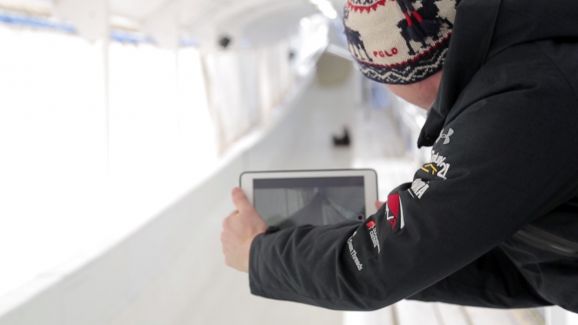
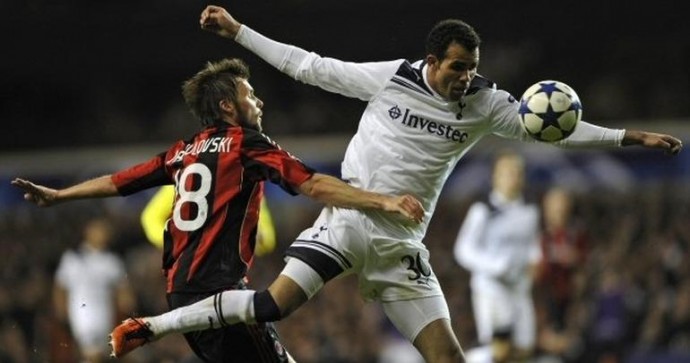
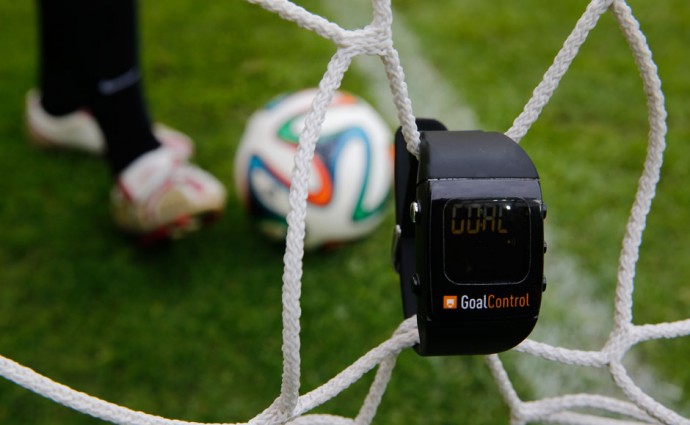
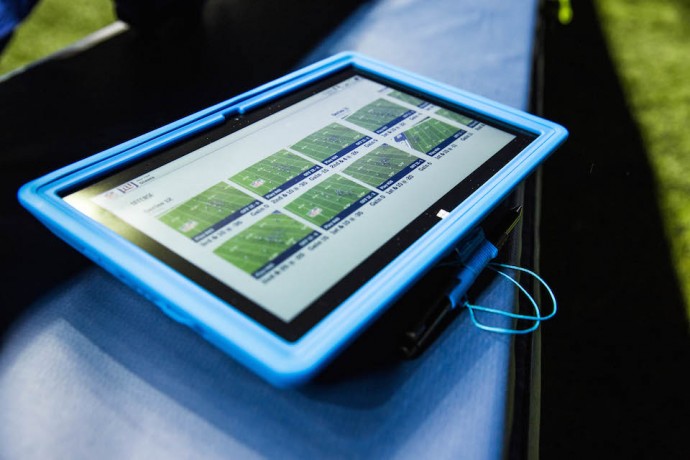







 ! For i
! For i

